Series: Ideas at Work
3 Ways to See Mathematical Structure in Everyday Kitchen Math

Cooking with kids is a natural way to do math together. But we’re not talking about turning meal preparation into a formal math lesson. Cooking together presents an opportunity that is more about noticing and wondering rather than teaching. Think of the kitchen as a place to build children’s intuition about measurement, multiplication, division, and fractions.
Look for these common mathematical structures in the kitchen — equal spacing, equal groups, and partitioning — and then make use of them to figure out the task at hand. Research has consistently shown that drawing children’s attention to mathematical structure helps them to recognize and make use of mathematical patterns in new situations.
Structure is so central to mathematics that we have a Common Core Standard for Mathematical Practice that says, “Look for and make use of structure.”
What is “structure?” The term “structure” in mathematics is the way a mathematical pattern is organized. It is expressed in terms of a numerical, spatial, or logical relationship. Structure is so central to mathematics that we have a Common Core Standard for Mathematical Practice that says, “Look for and make use of structure.” The phrase “look for” suggests that awareness of structure is a habit of mind, a way of seeing the world through a mathematical lens. Luckily, you don’t have to look hard to see mathematical structure in the kitchen!
Equal Spacing
Equal spacing is the foundation for understanding units and measurement. Equal spacing is also an essential prerequisite for fractions and data representation. Guess what? It’s important for baking, too. Imagine how you drop cookie dough on a baking sheet or arrange frozen foods on a tray. Visualizing how to evenly space food and fit it within a given space is important mathematical thinking and can add to any kitchen math opportunities.
Here’s how a mom of young boys explored equal spacing in her kitchen one day.
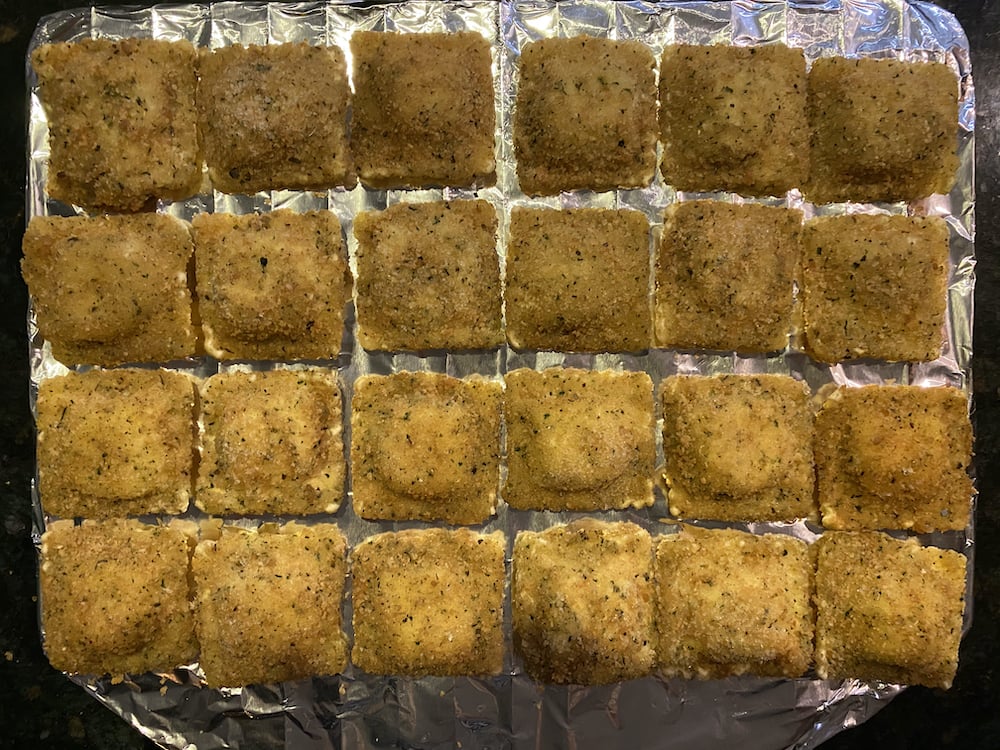
Boy, I have fussy eaters who don’t like eating the same thing. I have very little time to cook for them separately. So two kinds of ravioli had to fit on the same tray. I called the boys and asked them how they thought we could do it.
I couldn’t believe how much math talk we had. How many ravioli will fit along the bottom? How many ravioli will fit going down the side? Could we add an extra row?
The boys had their own questions, too. How come we had more left over of one kind? How will we remember which ravioli are which? Then we got into counting the rows and columns.

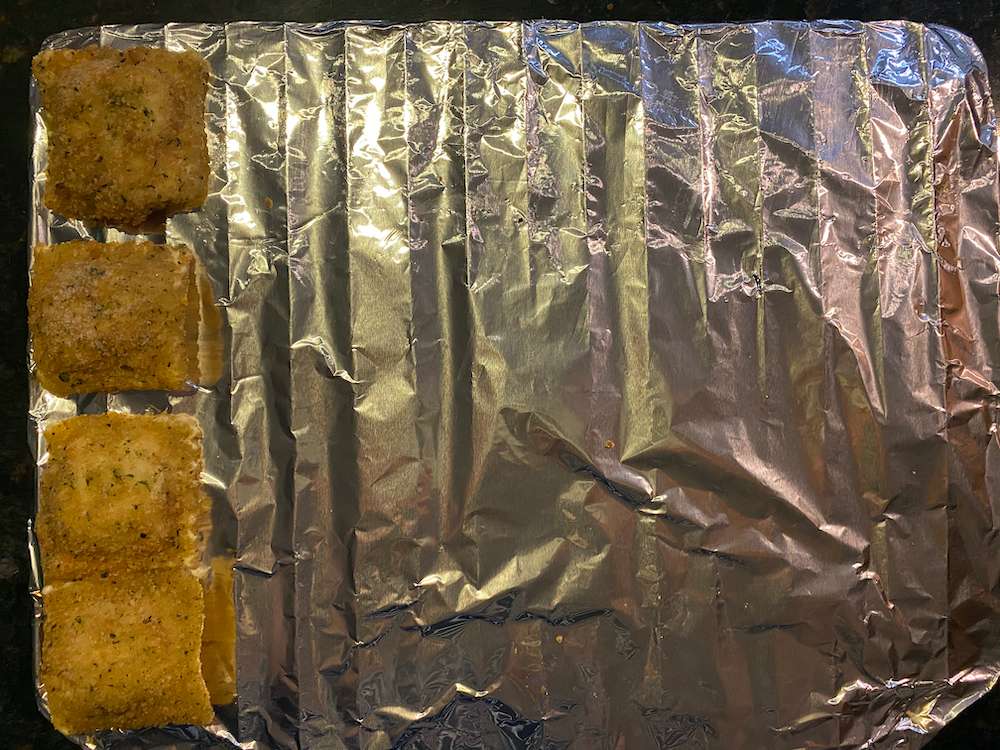
Equal Groups
For young children, counting objects one-by-one with accuracy is a big achievement. However, counting objects individually is gradually superseded by counting equal groups. The structure of equal groups is the foundation of our base-10 number system and the basis for multiplication. The kitchen provides plentiful ways for you to help children recognize and count equal groups. Here are just a couple.
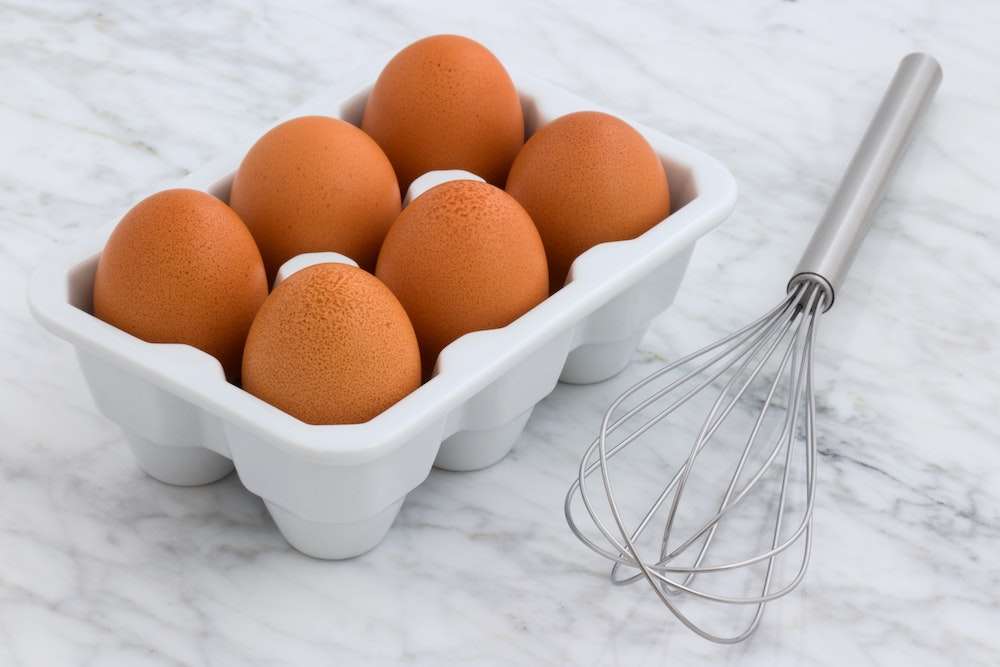
- Count the rows or columns in a grid array. We can structure our counting by noticing equal rows and columns. Think of muffin tins, egg cartons, and drink containers that come in 6- and 12-packs. We can invite children to count the rows and columns as units rather than count each object. Counting by 2s, 5, and 10s are typically the first structured counting sequences that children use.
- Counting out equal portions. We can ask children to put 5 strawberries in each bowl and then count the total number by fives. If everyone gets two cookies, how many cookies will we need? Sharing food provides many opportunities to count equal groups.
Partitioning
Partitioning occurs naturally in many kitchen math contexts, including cutting equal-sized pieces, sharing portions of a whole, and fractions. All of the structures discussed here are closely related. You will find that partitioning often requires the construction of equal spacing or equal groups. We’ve all heard the common complaint from a child, “You got more than me!” Use children’s concern about “fairness” to motivate their mathematical thinking and involve them in the partitioning and sharing of food.
Knowledge of fractions is needed to follow a recipe. Young children won’t be familiar with the formal symbols of fractions but can make sense of equal parts of a whole. Cooking is the perfect opportunity to build intuition about what fractions mean.
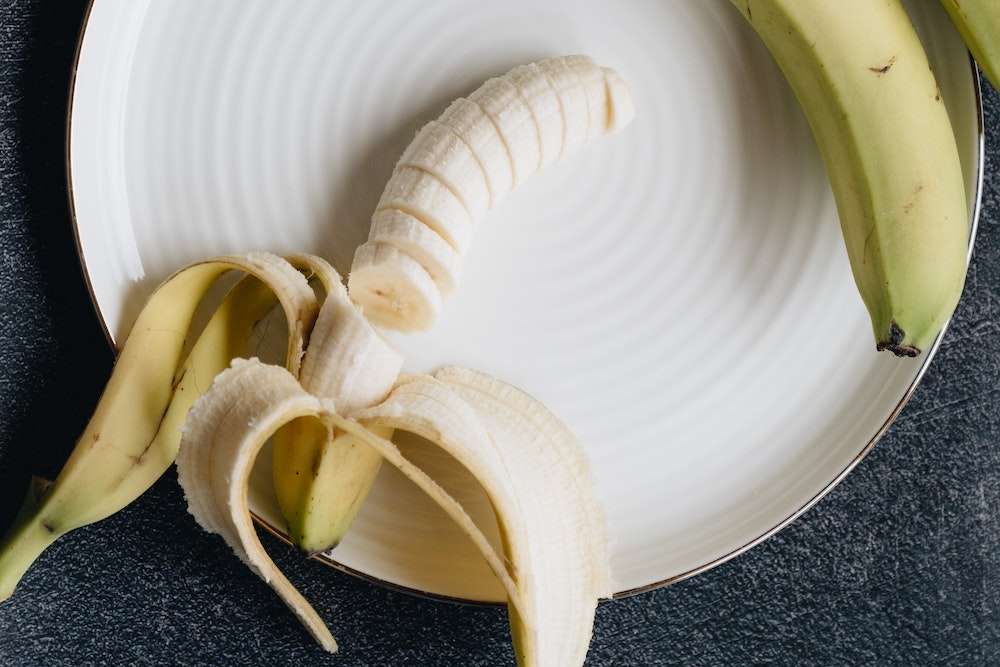
Here’s a conversation overheard in the kitchen when a second grader helps make pudding for dessert.
I had my son, Xadrian, read the directions on the pudding box to see what measurement cups we might need. Being a typical 2nd grader, he didn’t actually read the box but skimmed the text over to find numbers and quickly responded, “Four, one, two!”
“Huh?!” I read the directions and noticed he skipped over all the other numbers and went straight to the fraction. “Oh! You’re reading this fraction number. That’s actually 4 half cups and it’s talking about how many servings of pudding we’ll have after we make it. To make it though, we just need 2 cups of milk. Can you take out the measuring cups please?” He brings over the set of measuring cups we use most regularly and hands me the half cup saying, “This one has the one-two like it says on the box.”
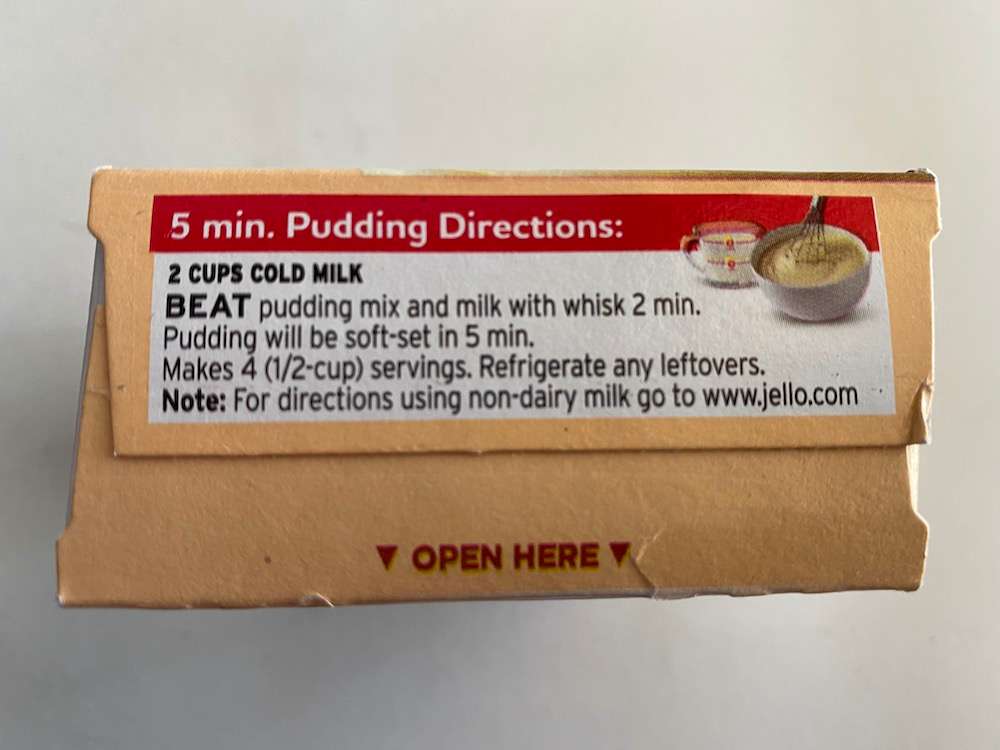
“You’re right! That means that when we’re done, we’ll have 4 of those size cups to share with your dad and brothers. That ‘one-two’ is called a half, but to make the pudding, we need 2 cups.” As I say this, I realize that four ½ cups is equal to 2 cups, so I begin to explain that the bottom number of a fraction, the denominator, tells us how many of those parts fit inside the whole (1 cup).“Bring those cups over to the sink and let’s see if that’s true.”
As he begins to investigate, we talk about filling the cups all the way up to the top each time so that all the parts are the same amount (equal). He carefully fills the ½ cup to the top and pours it into the 1 cup, then fills it again and pours it in. The smile on his face is priceless! “Let me try this one,” he beams, as he grabs the 1/3 cup.
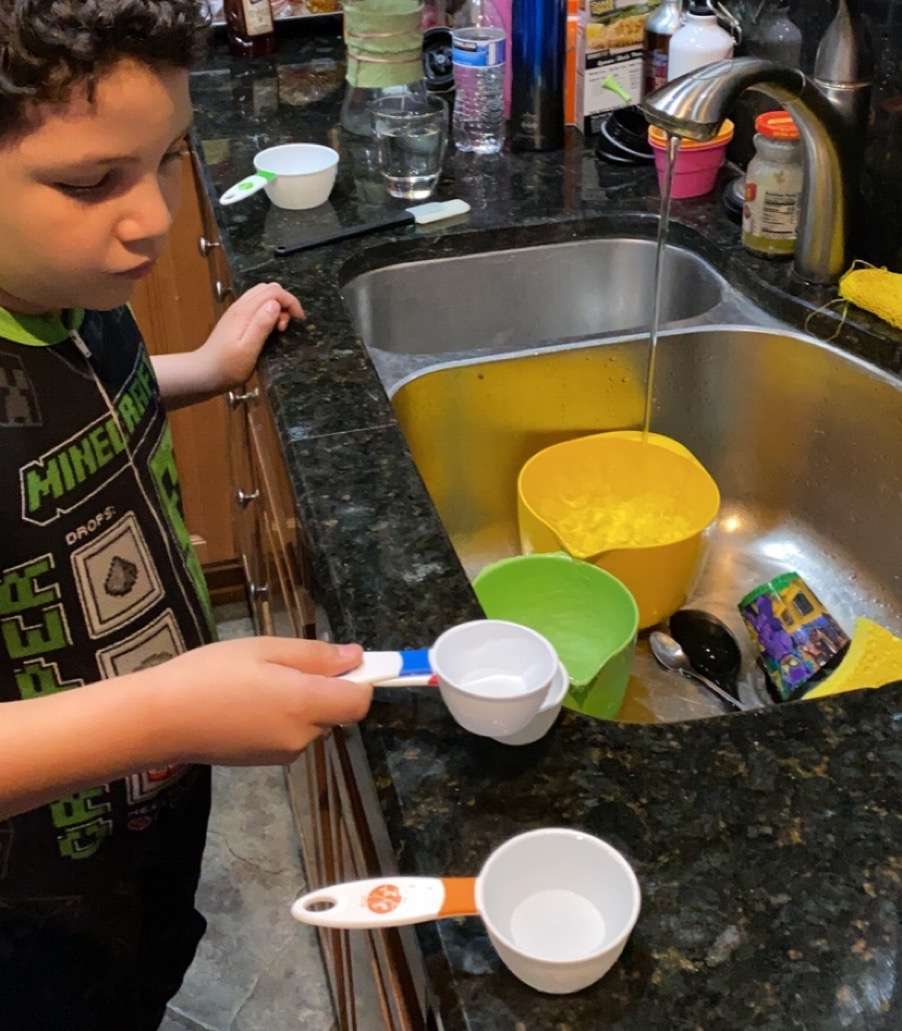
I ask, “So how many of these 1/3 cups do you need to fill the 1 cup?”
“Three,” he shouts as he begins pouring.
“Let’s see if that works. We call that a third.”
“It does!” he says and quickly grabs the ¼ cup. “This will be 4!”
“Let’s see! We call that a fourth, or a quarter.”
“A quarter?”
“Yup! Like the coin. How many quarters do you need to make a dollar?”
His eyes open wider as he thinks about it. “Ooooh! Four! So that’s why it’s called a quarter!”
I smile and nod then redirect our attention to the pudding that we have not even started to prepare yet. I say, “So the box says we need 2 cups of milk and you just saw that 2 half cups makes 1 cup. So how many half cups would it take to fill the 1 cup twice, or 2 cups?”
He thinks momentarily and the smile says it all, “It’s 4!”